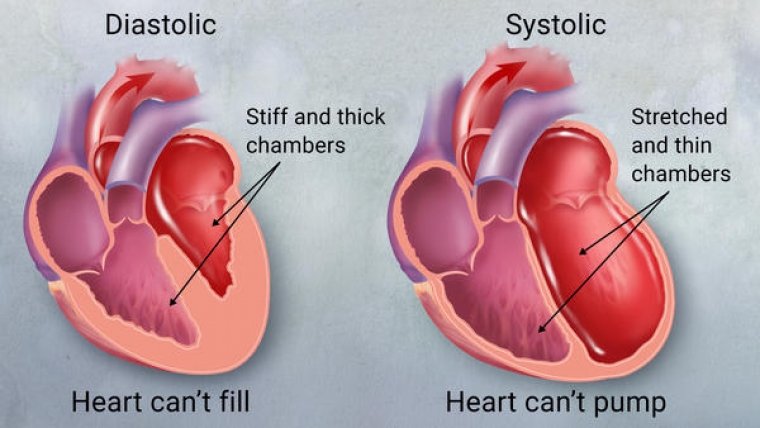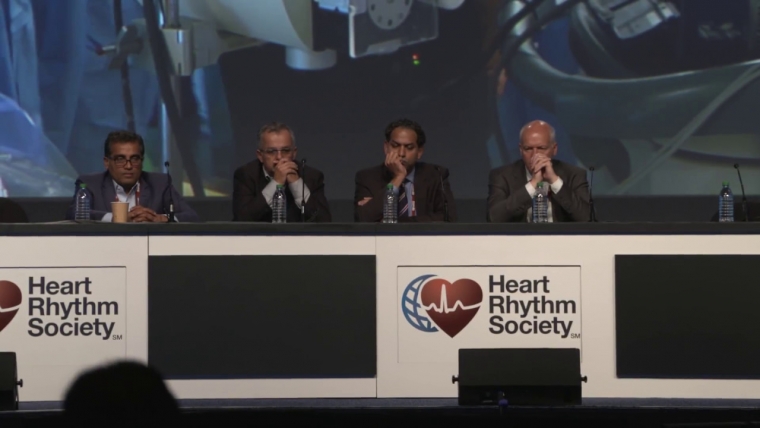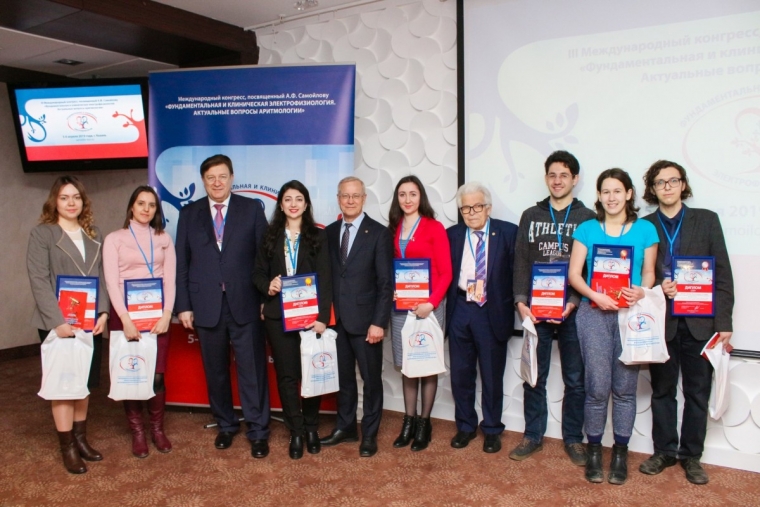Functional status and quality of life dynamics, heart rhythm disorders in patients with chronic heart failure during furosemide and torasemide therapy

В научно-медицинском издании "Астраханский медицинский журнал" №3 за 2019 г. опубликована статья, которая может представлять интерес для научного сообщества аритмологов.
Functional status and quality of life dynamics, heart rhythm disorders in patients with chronic heart failure during furosemide and torasemide therapy
Автор: K.R. Aliyeva
Аннотация публикации представлена ниже.
The article presents the results of the research conducted to study the characteristics of changes in functional status, quality of life, frequency of supraventricular and ventricular arrhythmias in patients with chronic heart failure of ischemic origin during diuretic therapy with furosemide and torasemide. 100 patients with chronic heart failure II-IV functional class were included in the research; all the patients were divided into 2 groups, each consisted of 50 patients, depending on the diuretic drug used (furosemide or torasemide). In the first group, treatment with furosemide was carried out, in the second group treatment was carried out with torasemide.
The control group consisted of 21 with chronic heart failure. They had stable effort angina of exertion I–II functional class without signs of heart failure. The following research methods were used in the work: the clinical state assessment scale by V.Yu. Marev (V.Yu. Marev scale), The Minnesota Living with Heart Failure Questionnaire on the quality of life of patients with heart failure, the 6-minute walk test.
The results of the study showed that against the background of long-term treatment with diuretics, a significant improvement in the clinical condition was observed according to the clinical condition assessment scale from 8,5 to 13,7 scores with furosemide therapy and from 7,1 to 12,1 with torasemide therapy, p < 0,01, which is accompanied by a decrease in functional class of chronic heart failure in both groups according to the test results with a 6-minute walk test. When assessing the quality of life, its improvement was observed, which was reflected in the decrease in the num-ber of scores from 71,6 to 46,4 with furosemide and from 69,7 to 40,5 with torasemide.
Публикация на сайте издания
Астраханский медицинский журнал: http://astmedj.ru/index.php/amj/article/view/64
Полная публикация на портале
Евразийской аритмологической ассоциации: готовится к публикации























